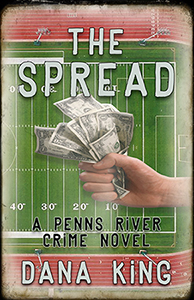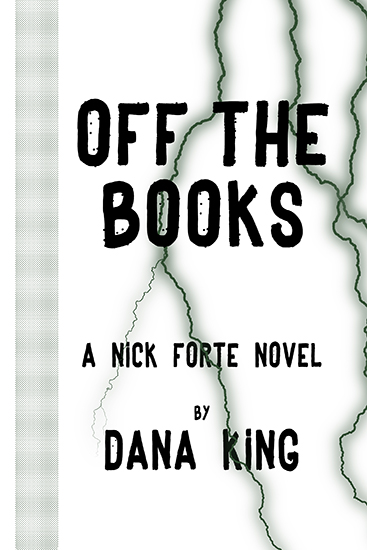I’m not a nit-picker when I read. I don’t care if there’s not really a door that opens directly onto Penn Avenue from Heinz Hall. Minor mistakes or changes can be lived with, so long as they don’t mess with historical facts (Germany can’t win the war, unless that’s the premise of the book), the author doesn’t get too specific (if you need a gun to have a safety, don’t specify it’s a Glock), or a key plot point hinges on it (don’t coerce a confession out of a guy by threatening the death penalty for marijuana possession.)
Still, some mistakes rankle so much you have to doubt what else the author got wrong, and where the hell those persnickety copy editors went to. I recently read a book (which shall remain nameless) where two such incidents came so close together I had to doubt the research and accuracy of some historical facts that were key to the story.
The hero has driven a couple of hours out of town as part of the investigation. There he sees the man who’s been following/threatening/bribing him for most of the book. The bad guy takes off; the good guy follows. The chapter ends with the hero driving sixty miles-per-hour down a country road, ostensibly in hot pursuit.
The next chapter opens with the hero stopping half way back to town to call his pregnant wife from a pay phone. (The story takes place pre-cell phone.) The bad guy is already there, posing as a cop to menace her. The hero hot foots it home where, of course, the bad guy gets the drop on him.
Additional menacing and threatening ensue. Finally pregnant wife gets permission to go to the bathroom, so long as she leaves the door open so the bad guy can hear what she’s up to. While he’s putting The Fear of God into the hero, wife comes out with the family shotgun.
So far, so good. (Well, maybe not, but not wholly inaccurate.) The weapon is then called a rifle. The bad guy raises his gun to fire. Wife blows his hand off and knocks herself over with the recoil. (Sounds like a shotgun again.) The hero grabs the gun and pump another bullet into the chamber (shotguns have pump actions, rifles have bullets) then shoots the bad guy in the shoulder to knock him down (apparently still in rifle mode; a shotgun strong enough to blow off a hand would do some serious damage at that range).
They take the bad guy to a hospital in the rough part of town, where gunshot wounds are commonly treated and often not reported. This guy’s unconscious, missing a hand, has a shoulder that should look like hamburger, and hospital’s just going to patch him up and get his insurance information?
Makes you wonder what else they got wrong. Since this is a socially-conscious book with an ax or two to grind, these doubts are something to be avoided at all costs. Why should the reader take the author’s word on social and racial conditions of almost thirty years ago when easily verified stuff like this is wrong? I’m not saying the racial facts aren’t accurate; I don’t know. And that’s the point. The author clearly wants me to feel a certain way, but I have to accept her facts to do it, and, as the above shows, her facts have shaky foundations.
These are things, along with a few others, that would have been easy to fix, and would have raised the empathy felt for the major characters by increasing the book’s overall believability. Something to think about when a bit of information doesn’t seem important enough to check out while you’re writing.
Subscribe to:
Post Comments (Atom)




2 comments:
You'd think an editor would pick this up but I guess copyediting for these issues is a thing of the past.
A month or so ago there was a spate of blog posts about battles fought with copy editors over things like commas and irregular grammar, yet this one missed these two obvious ones. Makes you wonder sometimes.
Post a Comment